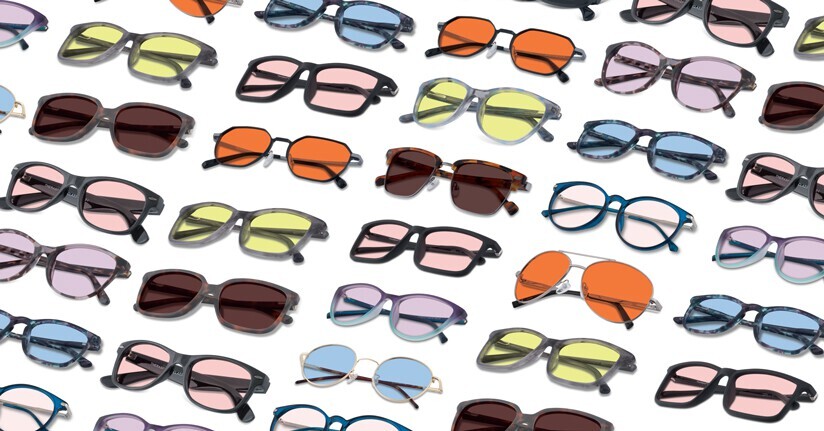The Impact of LCD Screens on Post-Concussion Syndrome
We know that computer and mobile device screens can be a source of pain for people with light-aggravated conditions like migraine, but new research is showing that a particular type of device screen can also provoke light sensitivity in patients with post-concussion syndrome (PCS). We explore the implications of these findings—which were recently presented at the American Academy of Neurology Sports Concussion Conference—and how patients might be able to improve their symptoms.
LCD Screens Can Worsen Post Concussion Pain
According to a new study
Researchers from the Canadian Concussion Centre explored the effects of LCD and non-LCD screens on a group of patients who reported post-concussion light sensitivity. Specifically, they found that the use of non-LCD screens were less likely to exacerbate symptoms of concussion-related photophobia. Participants—who were at least three months removed from their last concussion but still experienced PCS symptoms—were generally able to spend more time on non-LCD monitors and also reported less eye strain. Furthermore, they cited a greater ability to focus while on these types of screens when compared with standard LCD displays.
“We've observed that photophobia occurs in up to 43 percent of individuals with PCS and, in severe cases, can last several years or even permanently,” said Director Dr. Charles Tator in a statement. “In a society more and more reliant on working and learning on screens, PCS sufferers can experience the added suffering of being unable to return to their academic or professional routine which can be frustrating."
These findings are especially important because it underscores the need for post concussive patients to find ways to manage the persistence of symptoms, especially those options that allow them to return to normal functioning sooner.
Why LCD Screens Affect Post Concussion Patients

There are many reasons why LCD (short for ‘liquid crystal display’) screens can impact how a person feels. The researchers of this latest study have hypothesized that the flicker rate of these displays is a possible culprit because, although it is invisible to the naked eye, it is picked up by the brain. This flicker has been described by neurologist Dr. Gayatri Devi as a “strobe-like effect” that strains the eye muscles and can lead to a headache or migraine episode or aggravate light sensitivity in PCS patients. Furthermore, many LCD screens are backlit by cold cathode fluorescent lamp (CCFL) bulbs which also have an invisible pulsing that has been shown to worsen these symptoms.
Screen brightness may also play a role. Bright light and/or heavy contrast (such as viewing a smartphone screen in an otherwise dark room) can lead to eyestrain or bring about a headache or migraine attack. As a result, many may choose to counteract this issue by reducing the brightness level of the display, but that can actually lead to additional negative consequences. First, screens that are dimmed too substantially can also cause the eyes to strain due to the extensive focus required. Second, if the LCD is backlit by an LED bulb instead of a CCFL, dimming the screen can actually increase the invisible pulsing that the brain perceives.
Lastly, several studies have shown that specific wavelengths of light can trigger or worsen photophobia. Exposure to blue light can not only impact our sleep patterns and cause episodes of eye strain, but blue light has also been implicated in provoking migraine attacks, headaches and photophobia as well. Not surprisingly, this type of light is everywhere, including computer and mobile device screens. Regardless, many individuals recognize that too much screen time can have a negative effect on their health.
How PCS Patients Can Manage LCD Screen Time
The most obvious solution for those who find these kinds of displays problematic is to reduce the amount of screen time or cut them out entirely—either by not using them or finding more palatable alternatives such as the non-LCD technology used in the study. If a person with post-concussion syndrome must absolutely use LCD-backed monitors, then they might be able to experience relief by enabling (or disabling) some common features available on many smartphone devices. Click here or below to see the entire list.
TheraSpecs glasses can also be a great option because they are able to filter the LCD and fluorescent flicker as well as the most painful wavelengths that aggravate light sensitive conditions such as post concussion syndrome.

TheraSpecs® Glasses for Light Sensitivity
Find the glasses that fit your needs and lifestyle, and stay protected from screens, fluorescents, unwanted blue light, sunlight, flashing lights, and more.
Shop Now



